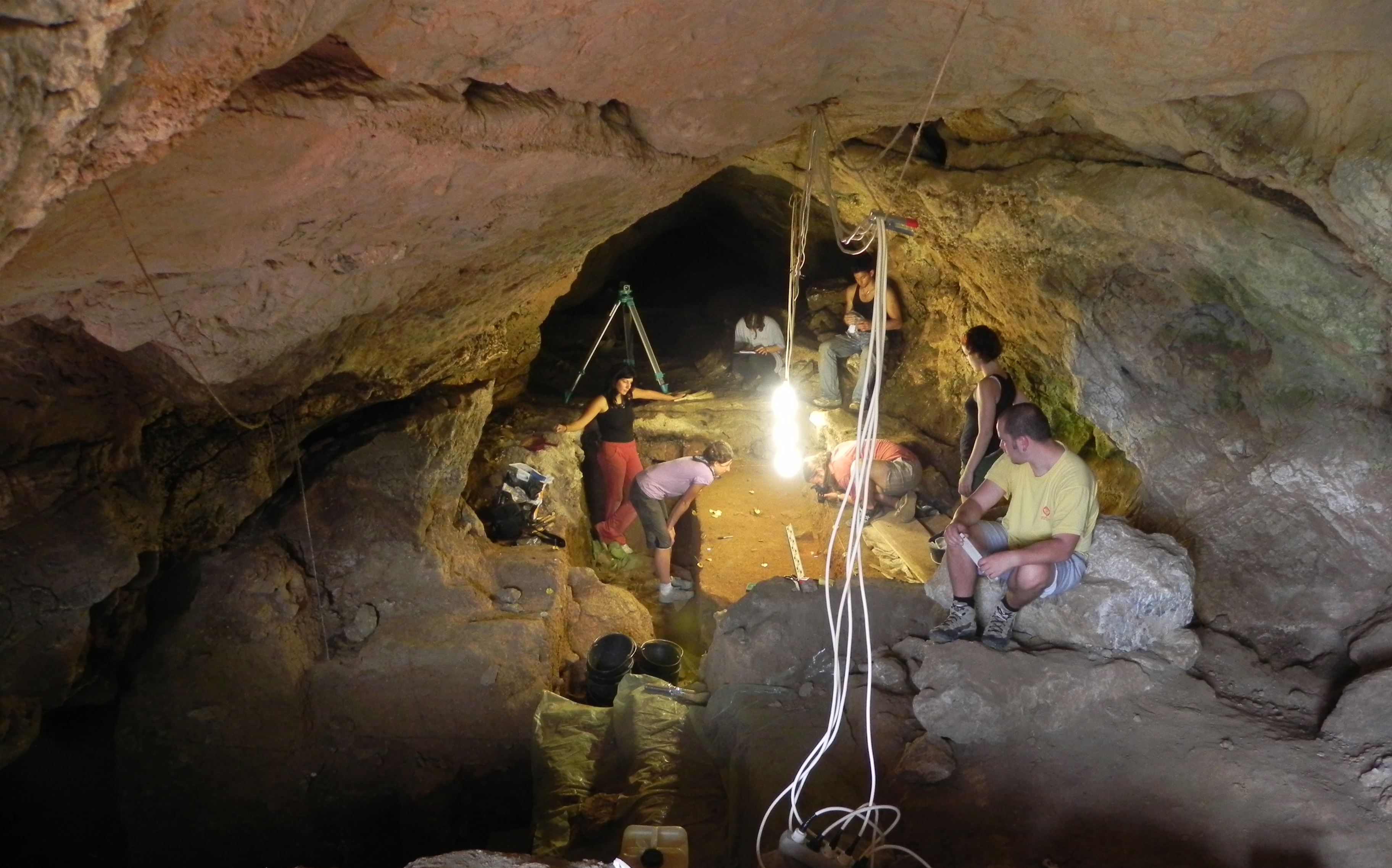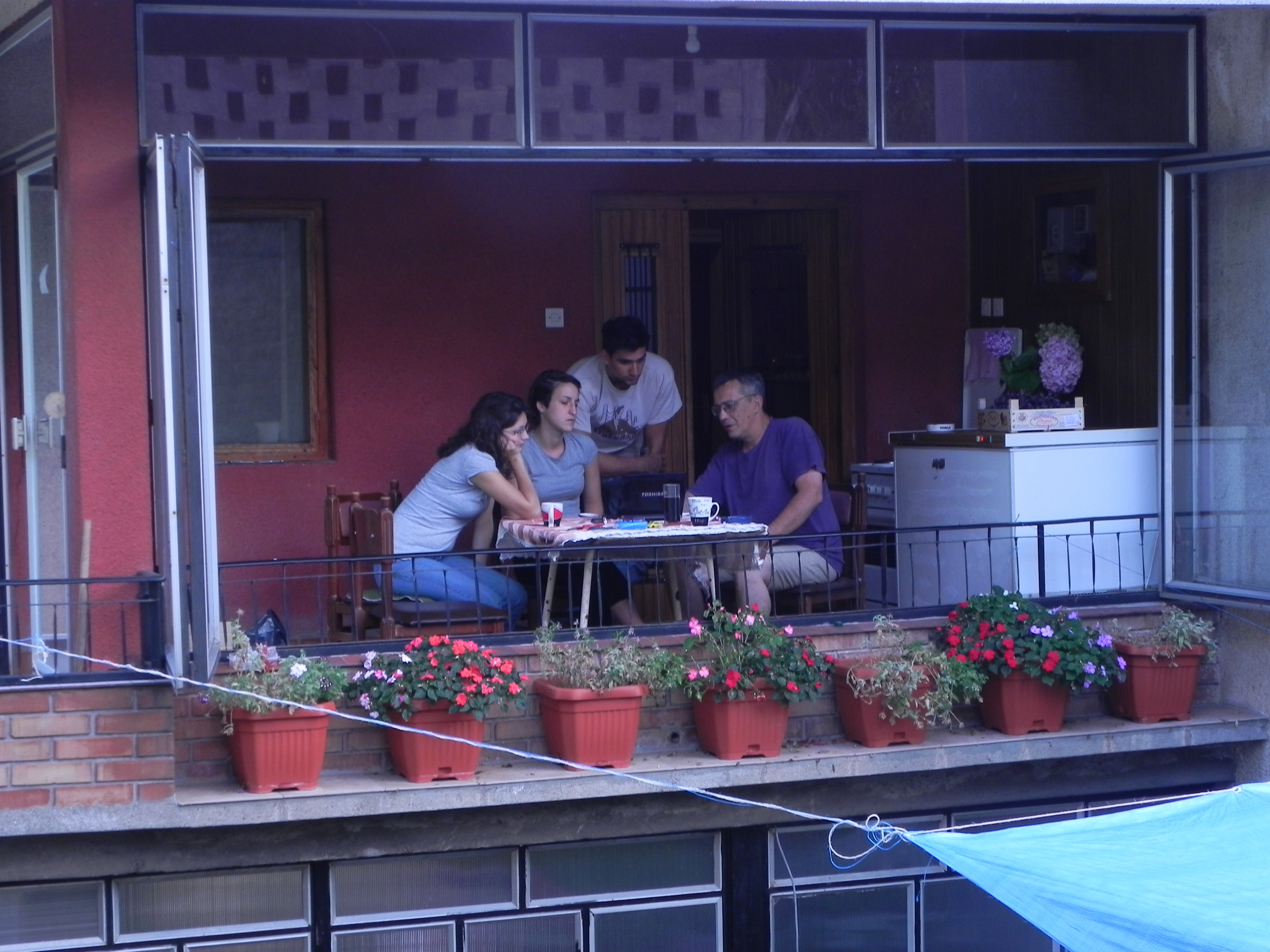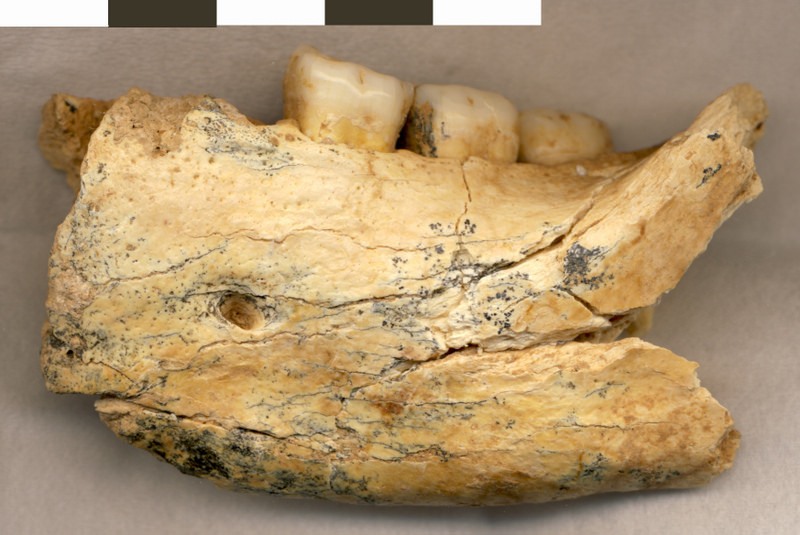
Historically, the road through Sicevo gorge was the main communication route from what is today Western Europe to Greece and further on to Anatolia (present-day Turkey). Set in the carstic hillsides of Southern Serbia, near the third largest town in the country, the gorge presents a natural crossroads between the North and the South and the West and the East. Any map of human migrations into Europe – of any given archaeological and historical period – will have at least one arrow placed loosely over this region. The Paleolithic period (2.6 million years to 10,000 years BP) is no exception to this rule. When megafauna (large animals) moved from Africa into Europe in the Early Pleistocene, this was the most likely corridor for their movement. The megafauna was followed by the “megafauna-chasing-hominins” – hunters or scavengers who must have used the same route in their early advancement into Europe.
The Balkans area in which the gorge is located is not only incredibly promising as a potential region for investigating early dispersal of humans into Europe, it is also a natural refuge for later populations of plants, animals and humans that were chased out of northern realms by advancing glaciers. What makes this glacial refuge different from the other two southern peninsulas of Europe (the Apennine and the Pyrenean), is the fact that it never experienced isolation from the rest of the world during glacial times. One, then, has to wonder why the Balkans in the Pleistocene has received so little attention in archaeological research. Could it be that the actual richness of archaeological remains in the region, that of the classical (both Greek and Roman) architecture and archaeology, and the rich Neolithic heritage and unique Mesolithic manifestations with sculptures and urban planning, precluded research into far less visible and far more difficult to access Pleistocene sites? It could well be so. The late 19th century findings of Pleistocene specimens, a skull of Neandertal from Belgrade and a Pleistocene mandible from the loesses in the vicinity of the same city, both Paleolithic artefacts of southern Serbia, were soon forgotten or lost during the turbulent first half of the 20th century.
Fortunately for us, a systematic reconnaissance of the Central Balkans is taking hold. In Serbia, it has been through the efforts of Professor Dusan Mihailovic of the University of Belgrade, and the Senior curator of prehistory at the National Museum of Belgrade, Bojana Mihailovic, that we now have archaeologically sound information about a number of sites in the region, and are slowly and painstakingly building the picture of human occupation of the Balkans during the Paleolithic. From the Pannonian basin all the way to Southern Serbia they have identified and excavated a number of very unique Mousterian sites, both open air and in caves. (The Mousterian was a stone tool industry or culture that was commonly produced and used by Neandertals). They are starting to discern different patterns of occupation and different tool kits. The possibility of reconstructing migrations of Paleolithic populations, and the way that different groups among them established contact, is slowly emerging. The large geographic and temporal scale and the lack of supporting faunal, geomorphological and paleoenvironmental analysis makes this task difficult but extremely rewarding. Every new find is significant and every new site is now telling a unique, previously unheard story of hominin migration, mode of life and interaction with the environment and other hominin groups in the region.
In the Sicevo (pronounced Sichevo) and Jelasnica (Yelashnitza) gorges alone, we have identified and (to an extent) excavated four caves with definite Pleistocene remains and one open air site that was most likely used for raw material quarrying. When all of the sites in the region are taken together, the sequence possibly spreads over most of the Middle and Upper Pleistocene and covers the important time when Upper Paleolithic stone tool industries, usually associated with early modern humans, move into Europe to replace the Mousterian.
One of these sites has produced the first uncontestable Pleistocene hominin specimen from the region in 2008, and that is when Professor Mirjana Roksandic joined the field excavation as a paleoanthropologist. This specimen is a partial mandible found in the Pleistocene deposits of Mala Balanica (Balanitza) cave, about 1.5 meters below the Middle Paleolithic Mousterian artifacts. The site, as well as an adjoining larger cave and a number of other caves in the vicinity are being dated by ESR and U-series methods by Professor Jack Rink from McMaster University and through Thermoluminescence methods by Dr. Norbert Mersier from the University of Bordeaux.* Complementing the international team is the geomorphologist from Britain, Dr. Mike Morley from Oxford Brookes University.
The find is raising important questions about the spread of Neandertals and earlier hominins in the Central Balkans, as the mandible does not exhibit any of the traits characteristic of Neandertals, which are commonly considered to have been the only hominin group inhabiting Europe in the Middle and early Late Pleistocene. The mandible is relatively primitive in all aspects of its morphology. The initial impression is that it exhibits most of its similarities with the H. erectus morphology, especially with the famous specimen D211 from Dmanisi in Georgia. While primitive traits do not allow us to assign species designation to this specimen, it nevertheless appears to cluster well with the Early Pleistocene hominins.
The absence of Neandertal traits in a specimen of this age is counter to the common assumption that Neandertals were the only hominin group in Europe during this time period, though the fragmentary nature of the mandible precludes any definite assignment to a particular species. (See update below)
Any new finds are bound to be extremely important as there is a dearth of information in this critical area related to human and animal movement into and out of Europe. The Balkans, by virtue of being one of the three Southern refugia during glaciations in Europe, and because it is the only one of the three which never experienced isolation, offers much to the research in the biogeography of both human and animal populations in the Pleistocene.
_______________________________________
Partiable mandible BH-1, discovered in the Mala Balanica Cave in 2008. Rink WJ, Mercier N, Mihailovic´ D, Morley MW, Thompson JW, et al. (2013) New Radiometric Ages for the BH-1 Hominin from Balanica (Serbia): Implications for Understanding the Role of the Balkans in Middle Pleistocene Human Evolution. PLoS ONE 8(2): e54608. doi:10.1371/journal.pone.0054608 Credit Mirjana Roksandic
__________________________________________________________
 Above: Excavation in Mala Balanica cave.
Above: Excavation in Mala Balanica cave.
_____________________________________________________________________
The research team conducts a field school every summer through the University of Winnipeg. More information about the school can be found at http://www.uwinnipeg.ca/index/anthro-field-school-index.
 Professor Mihailovic giving an improvised morning lecture to a group of undergraduate and graduate students.
Professor Mihailovic giving an improvised morning lecture to a group of undergraduate and graduate students.
______________________________________________________
*Update: According to the recent report on dating of the find, the mandible has been dated to between 395 and 525 Kya, a time period when Homo heidelbergensis is thought to have inhabited Western Europe.
_________________________________________





